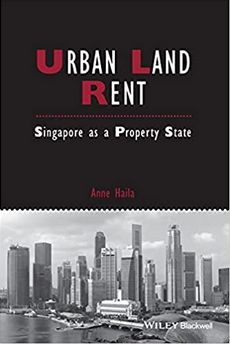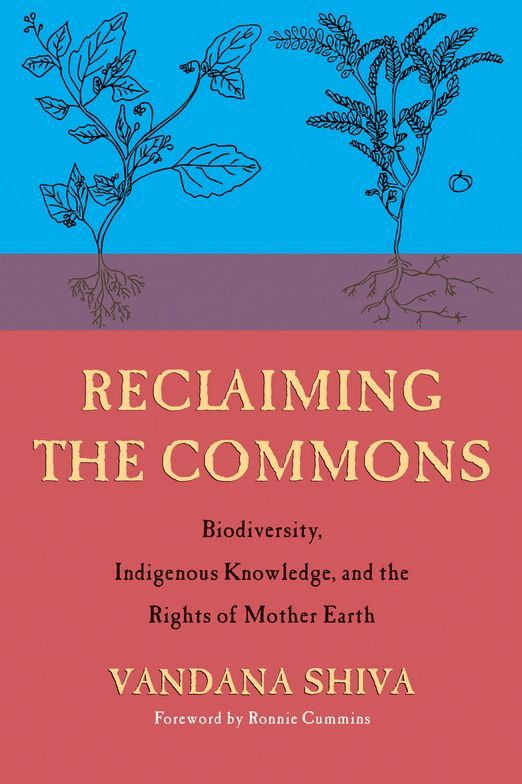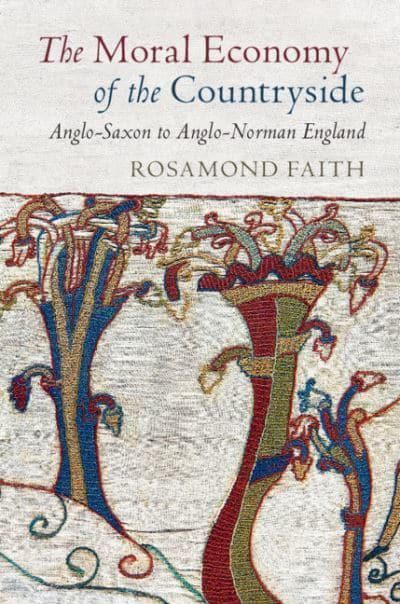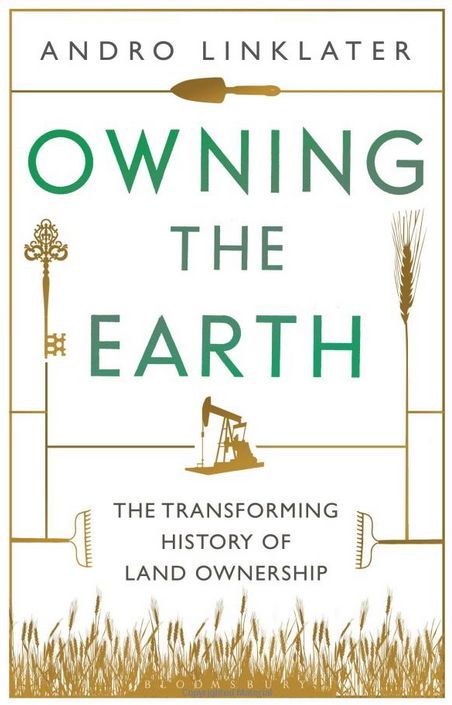 Urban Land Rent: Singapore as a Property State
Urban Land Rent: Singapore as a Property State
Anne Haila, Wiley 2016
Review by Andrew Purves, author of No Debt High Growth Low Tax
This book is essential reading for all advocates for the implementation of Land Value Tax (LVT), as well as campaigners for social justice and a reduction of inequality who might follow more conventional solutions for wealth redistribution in Western style democracies.
In the early chapters, Haila examines the theoretical and ideological basis for property ownership over the last 500 years and while critical of the status quo recognises the practical difficulties in removing prejudice and entrenched ideas. She is also critical of the over zealous nature of Georgist campaigners, who as a result have failed to make their case in academic circles.
Against this backdrop, Haila examines the success of Singapore’s economic development since their independence in 1965. While on the surface, that development has followed the free market/private enterprise model which has delivered one of the highest levels of GDP per capita in the world, underlying its success has been a deliberate acquisition of land into public ownership, together with state ownership of public companies, albeit at arms length. 90% of land in Singapore is publicly owned, and made available through lease to private enterprise. Over 80% of the population live in public housing flats, yet at the same time own a lease on these flats. Temasek, a listed holding company 100% owned by the government of Singapore, in turn owns shares in companies that make up 50% of the value of listed companies on the Singapore Exchange.
As she says: “finding a balance between state landownership and the free market economy, is a uniquely Singaporean pragmatist solution. It bypasses ideological debates about just property and focuses on consequences: economic growth, legitimacy of the government and public housing.”
At the heart of this pragmatism applied in Singapore was the idea of finding the optimum “use value” for all land, often putting the public interest above ideologies of private ownership and control. In the process of acquiring land, previous owners were compensated at market values, but the development rights, and benefit of future growth in value transferred to the polity…
Haila says: “This book will show how Singapore has used its scarce land resources to balance between maximising rent revenue and using its landed property for public good, to provide public housing for the majority of its population and public industrial space for the transnational companies locating in Singapore. The state land in Singapore is treated as a use value (public housing and industrial space), as an exchange value (leased for private developers) and as a source of public revenue (land leases and property tax). This triple way of using public land has caused Singapore’s economy to grow and, paradoxically, Singapore’s development companies to prosper.”
The bulk of the book is given over to a detailed study of the practical policies adopted in Singapore, and deals with some of the difficulties, and issues raised. She also compares the experience of Singapore with some other Asian Tiger economies, particularly in the aftermath of the Asian financial crisis of 1997. Singapore, inevitably emerged from the ensuing recession faster, and with less damage to their asset prices and independence.
The concluding chapter returns to the question of Land, and suggests that there are lessons to be learnt from Singapore for other countries. She asserts:
“This study of Singapore’s land regime shows that: first, the land question is not only a rural question but also an urban question; second, the land question is not only an economic question concerning the use of land as a thing in the most efficient way, but also a moral, social and political question; and third, the land question is the real estate question.” This latter point delves into the emergence of real estate as investment/asset class of global significance. She also suggests that active management of land ownership through residency requirements and differential stamp duties can play a part in the emerging concept of ‘macroprudential policy’ in which area Singapore has much experience.
As the global enclosure movement, and urbanisation continues, Haila asserts that “the land question and the rent question” are very real: “who gets rent, why and how it is distributed?” She points out that the answers to these questions are a matter of policy choice, and the case study of Singapore points in the right direction.




